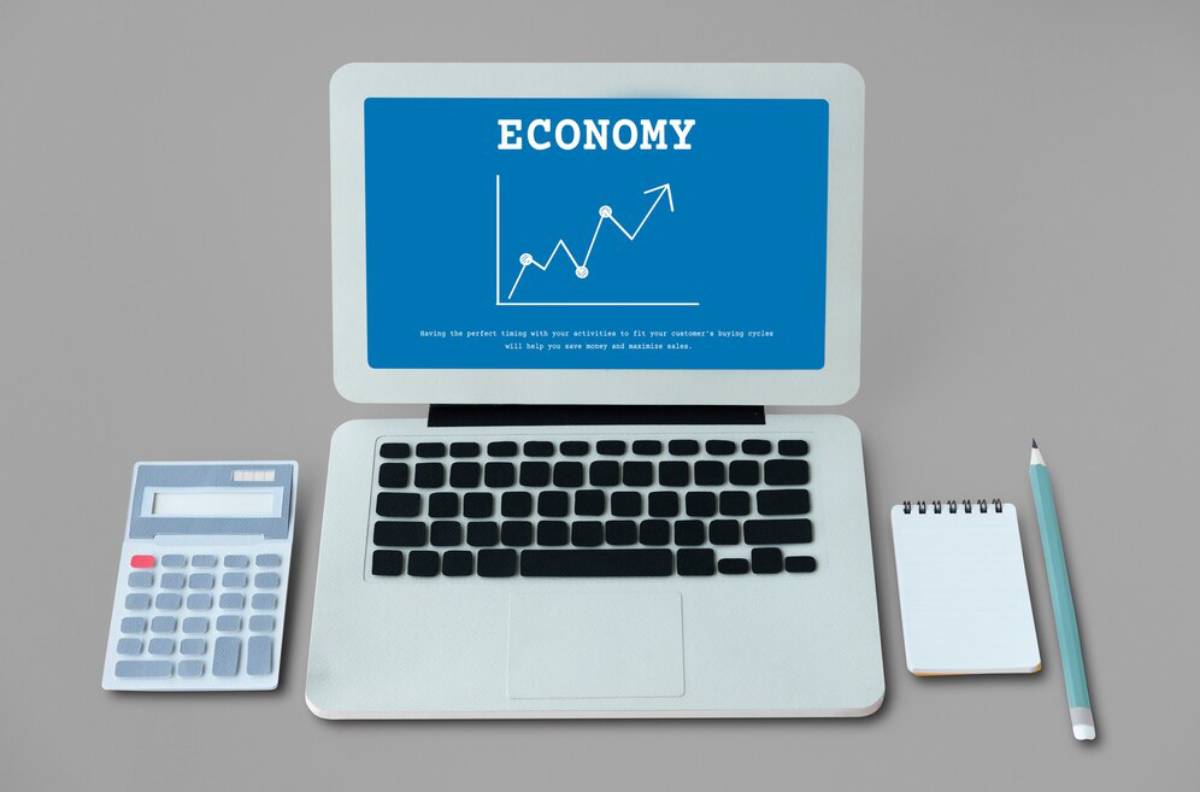
Understanding Key Economic Indicators for Investors
Economic indicators play a vital role in shaping investment decisions. They offer insight into an economy’s overall health and help investors spot emerging financial trends. Tracking stocks, bonds, or currencies? Understanding these indicators helps you make smarter investment choices.
The financial world has a lot of complex data, but many indicators are simple. You just need to know what they measure and why they are important.
What Are Economic Indicators?
Economic indicators are statistics that reflect an economy’s current state or direction. Analysts, governments, and investors use these tools to spot market patterns. They help predict changes in business cycles.
Indicators are typically grouped into three categories:
- Leading indicators: Signal future economic activity
- Lagging indicators: Confirm trends after they occur
- Coincident indicators: Move in step with the economy
Each type provides different insights, giving a fuller picture of what’s happening economically.
Key Indicators Every Investor Should Know
Understanding a few key indicators can make a noticeable difference in how you interpret the markets. Here are the ones most commonly used by investors:
1. Gross Domestic Product (GDP)
GDP measures the total value of goods and services produced in a country over a set time period. It’s one of the most well-known indicators of economic strength.
- A rising GDP usually points to economic expansion.
- A declining GDP can suggest a slowdown or recession.
For long-term investors, steady GDP growth can mean good news. It often indicates a strong environment for corporate earnings and better stock market performance.
2. Inflation Rate (CPI)
Inflation reflects the rise in prices over time. It’s commonly measured by the Consumer Price Index (CPI).
- Moderate inflation can indicate a growing economy.
- High inflation erodes purchasing power and can lead to tighter monetary policy, such as interest rate hikes.
Rising inflation often influences central banks’ interest rate choices. This, in turn, affects bond yields and stock markets.
3. Unemployment Rate

The unemployment rate shows the percentage of the labour force that is out of work but actively seeking employment.
- A low unemployment rate typically reflects strong economic activity.
- A rising rate may point to a weakening economy.
Labour market trends affect how much people spend and how confident they feel. This, in turn, boosts demand in the overall economy.
4. Interest Rates
Central banks, such as the Bank of England, set base interest rates to help control inflation and encourage growth.
- Lower rates often stimulate borrowing and investment.
- Higher rates are used to cool inflation and can slow down economic activity.
For investors, interest rates directly affect sectors like real estate and financial services. They also impact returns on savings, loans, and fixed-income investments.
5. Consumer Confidence Index (CCI)
This index shows how hopeful or worried people are about the economy and their finances.
- High confidence usually leads to more spending.
- Low confidence tends to signal caution and reduced consumer activity.
Shifts in consumer sentiment can have a ripple effect across sectors like retail, travel, and hospitality.
6. Manufacturing and Services PMIs
PMI reports measure business activity in manufacturing and service sectors.
- A PMI above 50 indicates expansion.
- A reading below 50 suggests contraction.
PMIs are important. They give early signs of economic shifts and show business confidence.
7. Retail Sales
Retail sales track consumer spending on goods and services. It’s a key indicator of demand and overall economic health.
- Growth in retail sales supports company earnings and stock performance.
- Declining sales can point to weakening consumer demand.
Investors look at this data to see how well the consumer side of the economy is doing.
Why Economic Indicators Matter to Investors
Economic indicators aren’t just for economists. They influence decisions for many investments. This includes equities, bonds, commodities, and currencies.
Here’s how they impact investor thinking:
- Market timing: Leading indicators help investors anticipate shifts and adjust their strategies early.
- Sector selection: Certain indicators influence specific sectors. For example, rising interest rates might benefit banks but hurt tech companies.
- Portfolio balance: Knowing economic trends aids asset allocation. It shows when to switch between growth and defensive assets.
Limitations of Economic Indicators
While helpful, indicators should never be relied on in isolation. Economic data often lags real-time developments, and markets can react unpredictably.
Other limitations include:
- Data revisions: Initial numbers may be updated later, changing the original interpretation.
- External shocks: Events like geopolitical tensions or natural disasters can go against what the indicators show.
- Market sentiment: Emotional reactions from investors sometimes drive prices more than data.
That’s why it’s important to consider both economic signals and current market behaviour when making investment choices.
Staying Informed Without Getting Overwhelmed
Keeping up with economic news doesn’t have to mean reading technical reports every day. Many trusted financial sites and news outlets summarise key data in simple terms.
Focus on a few core indicators that relate most to your investment strategy. Over time, patterns will become clearer, and your ability to react to market changes will improve.
You don’t have to be an economist to use economic indicators. Just learn the basics and keep using the information regularly.
Conclusion: Economic Awareness Builds Smarter Investors

Staying attuned to key economic indicators anchors investors amid market turbulence. These important signals provide context and clarity. They help build confidence in a fast-changing financial world. With this knowledge, you can deftly navigate the ever-shifting tides of the investment landscape.
Knowing the economic environment helps you make smarter investment choices. Whether you’re in it for the long haul or tracking short-term trends, understanding the economy is key to reaching your goals.


